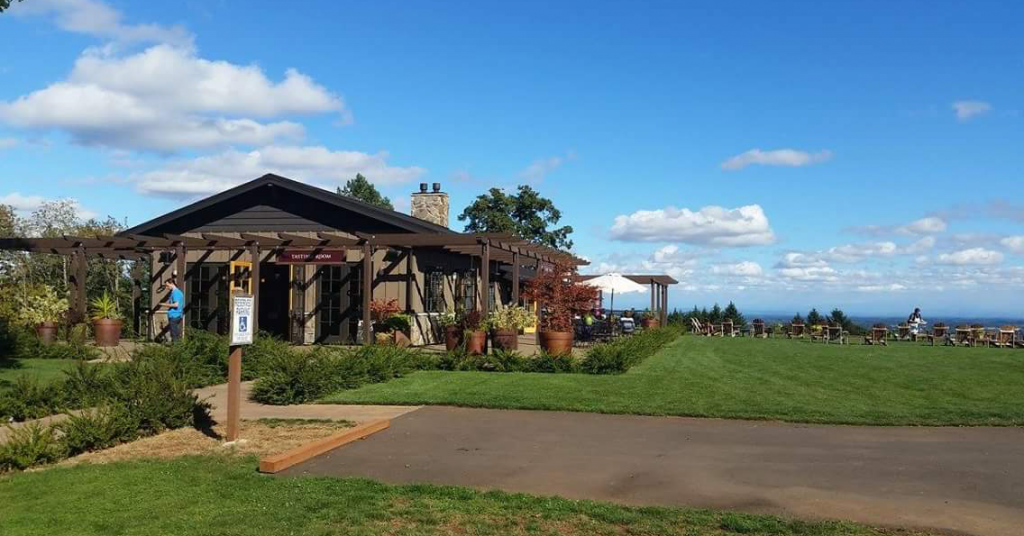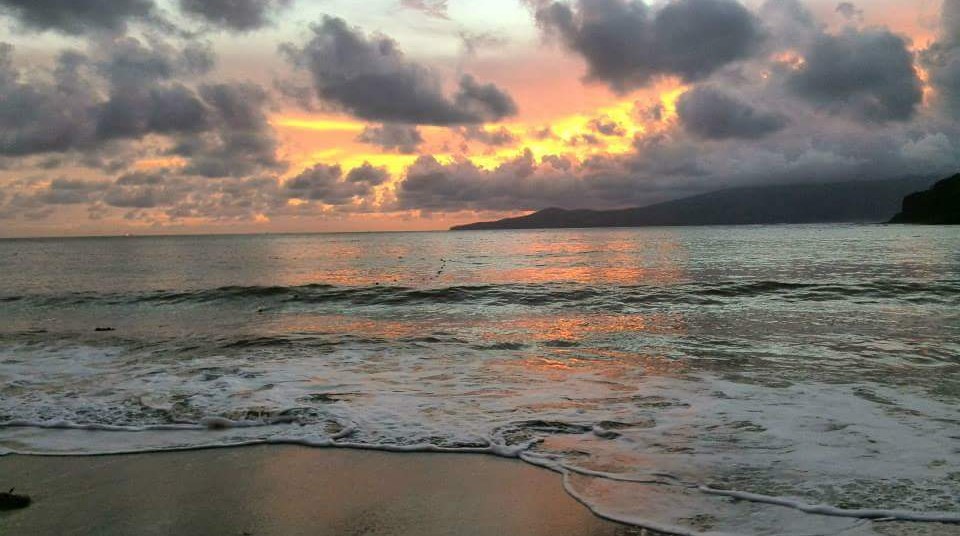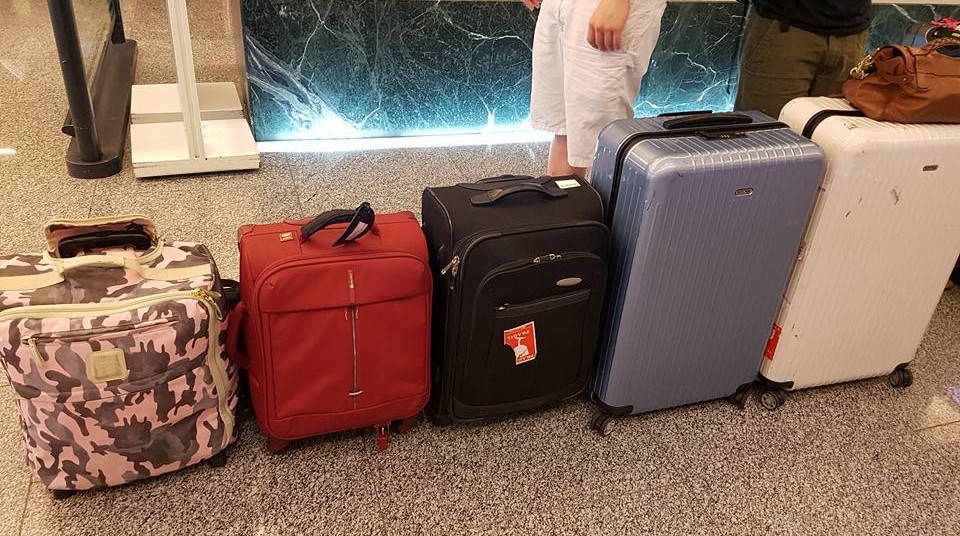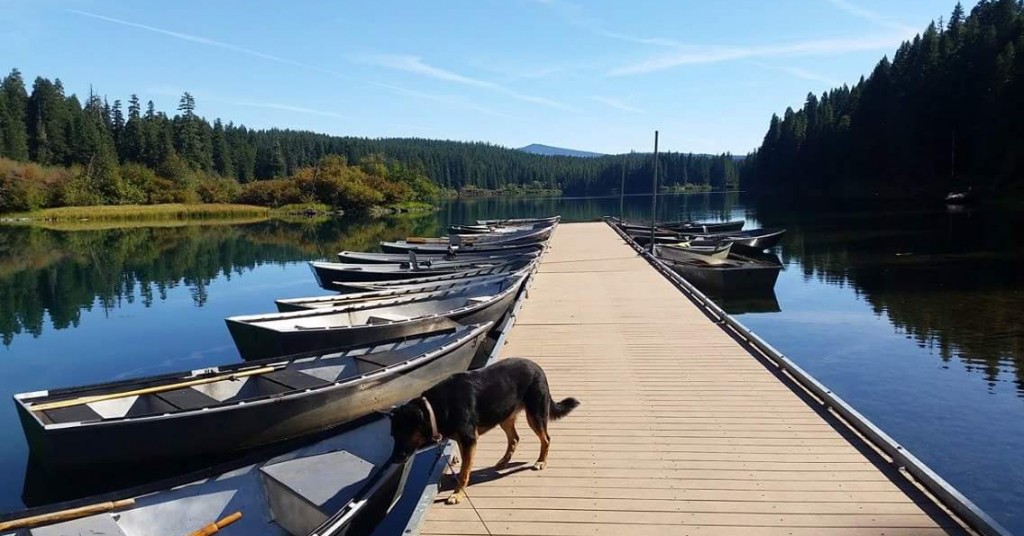I’ve been on two-month trips across the West Coast, spur-of-the-moment weekend jaunts to Taiwan, and remote work trips to Japan. In all of my trips, I try to get as much work done as I would have in my home office. This requires bringing the right tools and managing my time well. Once or twice I’ve been forced to trade sleep or fun for time-sensitive work, but overall I’m pleased with the travel routine and set of tools I have down.
Take a peek into my suitcase to see how I pack for remote work success.
Solid Hardware, Lightweight Software
The most important items I pack all relate to work. If I didn’t work on my trips, I wouldn’t be able to afford them, so these are the first things I stick into my suitcase.
- A travel laptop: not as good as my home machine, but lightweight with long battery life. I usually opt for something from Lenovo (I love their Thinkpad series).
- A USB mouse: I’m not a fan of touchpads, so unless my laptop has the signature IBM trackpad I bring a mouse. It doesn’t take up much space and makes me much more efficient at my work.
- Travel adaptors: even if I’m going somewhere that has the type of outlets I’m used to, I bring a travel adaptor just in case. There are times I’ve had layovers in airports with different outlets, and I was able to turn that waiting time into productive work time thanks to my ability to plug in.
- Chargers: always double check that you have all the chargers you need before leaving. I pack one for my phone, which doubles as a charger for my powerbank, and my laptop charger. There is nothing worse than bringing a laptop to work and forgetting your charger. You’re basically carrying around 3+ lbs of fragile dead weight.
- A laptop bag: the easiest way to organize all your technology is to have a laptop bag at the ready. Mine has my laptop, some pens (to fill out landing documents on the plane), my powerbank, chargers, adaptors, and some USB drives. When I’m at the airport, this bag also contains my phone, passport, and other travel documents for easy access.
- A tablet for long-haul & weekend trips: if I’m traveling for a long time (3 or more months) I bring my tablet with me. This is because I’m likely to take a few weekend trips where I won’t need my entire laptop and toolkit. In these cases, I just bring my tablet and bluetooth keyboard for emergency tasks.
Now that we’ve gone over the hardware, let’s take a look at the software and apps that enable me to work from any city.
What’s on my laptop?
- Google Drive: this is probably my favorite suite of tools as a remote worker. I store all of my files in my Google Drive, write articles in Google Docs, and record metrics and ROI numbers in Google Spreadsheets. Anything in Google Drive can be shared with others as long as you give access, so it makes it easy to collaborate on files (changes are made and updated in real-time) and give/get feedback via comments.
- Google Keep: these are like sticky notes for your phone, which integrate with your mobile app. I can write down reminders for myself from my laptop and access them anytime from my phone. I can also copy and paste links to check out later, email addresses I need, and more.
- Hubstaff: their main service is as a time tracker, but I use Hubstaff in multiple ways. I track my time, see which projects are taking too long, use the randomized screenshots as proof of work, monitor my productivity with their activity levels, get paid automatically through their PayPal integration, and download my time reports to use as invoices.
- Skype: this is a great tool for quick meetings and chats. I’ve used it to interview some of my clients, sit in on meetings, and as part of my application process with multiple remote work retreats.
- Slack: great team-building app that allows you to create different chats based on topic. For example, you could have a water cooler chat labeled #random, or a #marketing chat for the marketing department. You can send files, attach Tweets, and create notes in this tool.
- Trello: a project management app that uses boards, lists, and cards to keep everything organized. I like Trello because it’s easy to use and highly customizable. I limit one task to one card, and as that task progresses, I move it from list to list until completion. It makes it easy to see where all my projects are and access all the files I need for a particular task.
What’s on my phone?
- The Android version of all the tools I have on my laptop.
- Frequent flier membership apps: used to check my flight status, check-in online (it saves everyone so much time), and monitor my frequent flier miles. Sometimes I’ll take a trip just because I’ve racked up enough miles.
- Uber: ride-sharing at its finest. Just request a ride and someone with a car and some spare time will pick you up and drive you to your destination. Usually it’s cheaper than taking a taxi, but watch out for those surge fares.
- Grab: this app is popular in Southeast Asia, and works like Uber. You can select between a taxi, private car, or even a motorcycle to take you around.
- Lyft: I use this app when I travel in the States, since usually the fares are a little better than Uber (in my experience).
- Airbnb: I use this service for long-term stays. Many of them have discounts when you book for a week or more, so you can stay somewhere at pretty much a local rate. Be sure to read the reviews and communicate well with your hosts before committing.
- Hotel Tonight: need a last minute place to stay without breaking the bank? Hotel Tonight provides hotel bookings for the night-of at affordable rates. No last minute $500 charges. These are awesome for quick trips within trips, like if you’re staying at an Airbnb in Portland and want to visit wine country (the Willamette Valley) for a weekend.
- Google Translate: I was skeptical about this at first, but after using it for a while it’s my go-to translator in a country where English is rare. Speak into the app and it’ll translate it into the language of your choice (voice to text). The grammar is surprisingly on point.
- Tinder: okay hear me out. You’re in a new city, you don’t know anyone, and you’re not there to be a tourist and go to the usual tourist traps. And what’s a tok tok again? Enter Tinder, a network of potential tour guides who can show you their city. Edit your profile to say you’re traveling in the area for a while and would love to see some of the local sights in exchange for a free dinner (you pay for their meal as thanks). It doesn’t give off the wrong impression and you get to see awesome parts of the city you may not have otherwise.

Get Out and About
With such a full suite of tools, it’s easy to get work done from a hotel room, Airbnb, hostel, or coffee shop. I recommend checking out co-working spaces or coffee shops that are great to work from within the area. Getting work done in a cafe is a nice way to observe the local community and possibly make some fellow remote-worker friends.
My favorite coffee shop find was a quiet little cafe in a tiny town with one stoplight, which saved me with outlets, WiFi, and coffee in the middle of a camping trip.
Dress in Layers
After I’ve packed my work tools, I decide what to wear. Everyone packs differently depending on what you feel you need, and what you’re comfortable living without. I have a friend who can travel for a month with just a backpack, and another friend who packs a 30” suitcase for a 4-day trip.
Do a little research beforehand and check out the weather and temperatures of the area you’re traveling to. The key here is to dress in layers, whether the temperature is hot or cold.
If it’s hot or tropical, pack light clothing, a waterproof jacket, and your swimwear. If you’re going to a cold country, pack long sleeved shirts, pants, and light jackets or cardigans to wear instead of your heavy jacket. Make sure your outer clothes are waterproof. Bring at least one pair of comfortable exercise shoes.
Sample clothing for a two-week trip to Singapore;
- 10 shirts
- A cardigan
- A waterproof windbreaker
- 3 pairs of shorts
- 1 skirt
- 1 pair of pants
- 2 dresses
- 1 swimsuit set
- 15 sets of undergarments
- 2 pairs of sandals
- 1 pair of running shoes
- Hairbrush and hair ties
- Sunblock
- Dental floss & oral hygiene products
- A spare duffel bag
As you can see above, I’m a fairly heavy packer. I want to make sure I have enough clothing for the entire trip, just in case I can’t be bothered to find a washing machine. If I’m going on a trip that will require business casual attire, such as a conference or a client meeting, I also bring a blazer, dress pants and black heels. Most of my shirts are dressy enough to pair with office attire.
Clean Out Your Closet
Something that I’ve recently started doing is to shed items that I’ve had for too long as I travel. The last time I went to Oregon, I brought half a suitcase of my other clothes, which I wore once on my trip and then donated. It freed up space for my return trip, served a good cause, and I got to wear each item one more time before deciding to finally give it up.
Pay to Check Overweight Bags
It’s easy to buy things on a trip. You see items you don’t see anywhere else, and it’s like a game trying to collect them all. If you don’t hold yourself back, this can lead to bulky, cumbersome luggage and expensive overweight fees. In the event you buy a little too much and you end up with an overweight bag, pay to check it.
The worst overweight fee I’ve been stuck with was $300 USD. Ever since then, I always research my baggage allowance beforehand. I’ve had good luck finding places to weigh my bags before heading out to the airport, but you may want to invest in a hand-held digital scale so you can check how much your bags weigh on trips.
If your bags are too heavy on your return trip, look into paying for an extra checked bag. If it’s under $60 my rule of thumb is to go for it. It’s more convenient than shipping yourself a box, and usually cheaper depending on where you live. I usually bring an extra duffel bag with me on long-term trips in case I need to check another bag on my way home.
If an extra checked bag isn’t an option, or if you just have that much extra stuff, pack a box and ship it home to yourself.
Bring Back Memories, Not Stuff
So now that we’ve covered what I bring, let’s take a look at what I bring back.
My best advice for you here is; don’t bring back stuff. Instead, bring back memories. I do this through my travel blog and photos. I try to write at least one blog about every trip I take, whether it’s a restaurant that I loved, or the place itself. I populate the blog with photos from the trip, and store the rest in a travels folder in my laptop.
I brought back a light-up figurine of the Bird’s Nest in Beijing, and haven’t even touched it since the trip. Souvenir-type items may seem cool, but most of the time they just take up space. I do like collecting magnets on my trips, however, since I use them to hold up documents and reminders on my fridge.
Finally, I bring back food items and other useful gadgets for my friends and family. My rule is to only bring back items they can use or eat. A metal figurine of the Eiffel tower won’t make the cut, but a nightlight of Taipei 101 for my nephew will.
What’s in Your Suitcase?
What about you? If you’re a remote worker or digital nomad, I’d love to hear about your travel tips. What do you need to bring with you? What makes you feel at home in a new place? How do you stay productive? Share your tips @workfrom.






Responses
Merino wool clothing! They don’t hold smell so you can wear it longer without washing and since it is a lightweight wool, it will keep you warm.
Consider no vacuum/no pump travel storage bags. Check on Amazon for them.
Really interesting blog post Rachel, some very useful tips.
Personally I find Macbooks super-portable and the integrated touchpad actually more usable than a mouse (and that’s coming from an ex-Lenovo laptop-with wireless mouse user). Just my opinion.
Also – might be best to pack less clothes and wash them more frequently on trips, again – just my approach.
Love the dynamic ‘remote worker’ approach!
Jonathan